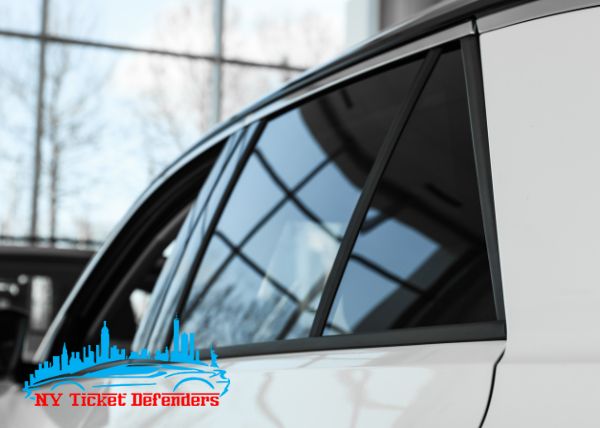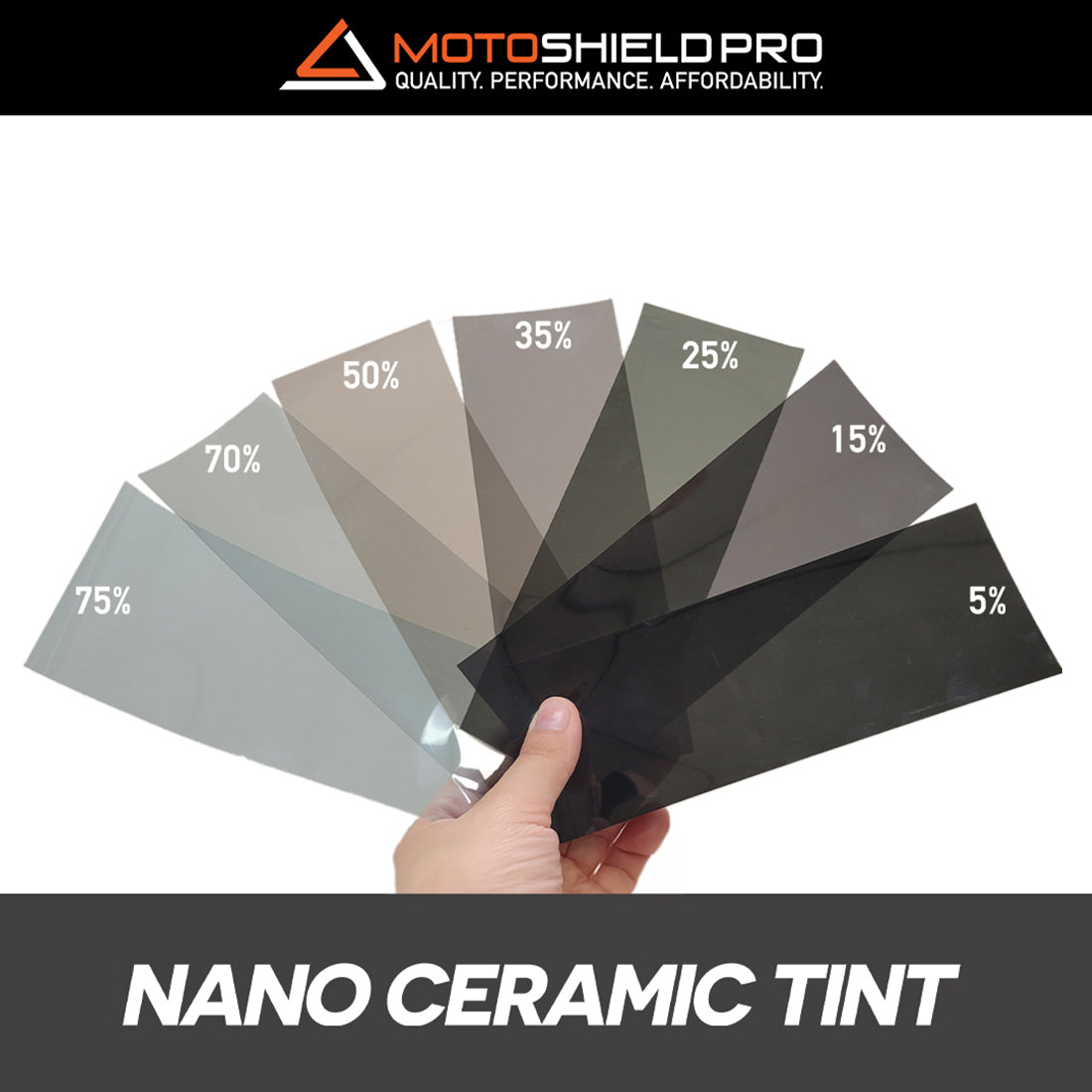Why Car Window Tinting is a Must-Have for Modern Cars
Why Car Window Tinting is a Must-Have for Modern Cars
Blog Article
Home Window Tinting Regulations and Standards: What You Required to Know Before Tinting Your Vehicle
Prior to waging home window tinting for your vehicle, it is essential to acquaint on your own with the diverse legislations and standards that govern this technique across different states. These laws dictate the permitted levels of color darkness, commonly measured by visible light transmission (VLT) portions, and include details specifications for front windshields focused on making certain road security. Additionally, specific territories may provide clinical exemptions for individuals with certifying problems. Understanding these intricacies can save you from potential lawful implications, but what are the details rules in your state?
Introduction of Home Window Tinting Regulations
Window tinting laws are often subject to variation across various jurisdictions, showing neighborhood policies and security considerations. These legislations dictate the acceptable degrees of color darkness and reflectiveness on car home windows, ensuring that chauffeurs maintain adequate visibility while likewise protecting against damaging UV rays and warm.
A lot of guidelines identify window tinting based upon the Visible Light Transmission (VLT) percentage, which shows the quantity of light that can go through the home window. Normally, lower VLT percents indicate darker colors. Legislations frequently distinguish between the front, side, and back home windows, with stricter limitations put on the front windscreen to improve safety and security for both the vehicle driver and other roadway individuals.
Additionally, some territories enforce restrictions on the reflectivity of the color, avoiding excessive glare that could impair exposure. Exceptions to these regulations might exist for individuals with certain medical problems requiring added sun security. Conformity with home window tinting policies is critical, as infractions can cause fines, obligatory removal of the color, and prospective boosts in insurance coverage costs. It is essential for lorry owners to acquaint themselves with regional regulations before continuing with home window tinting installments.
State-by-State Color Regulations
Recognizing the specific window tinting regulations in each state is important for vehicle proprietors looking for to adhere to the legislation. Each state in the united state has actually established its very own set of guidelines regulating home window tinting, which can vary dramatically. These laws commonly determine the allowable degrees of color darkness, the kinds of windows that can be tinted, and any clinical exemptions that may use.
For circumstances, states like The golden state have rigorous constraints on tint darkness for front windows, while others, such as New Mexico, may allow darker colors. Additionally, certain states mandate particular visibility percentages for various home windows, consisting of the windscreen, front side windows, and rear home windows. It is essential for automobile proprietors to acquaint themselves with their state's legislations to prevent potential penalties or fines.
Additionally, some states may need a qualification sticker label to be put on tinted home windows, indicating compliance with state legislations. Failure to stick to these guidelines not only runs the risk of legal repercussions however can also affect safety and visibility while driving. As a result, vehicle proprietors need to perform complete study or get in touch with regional authorities to ensure full understanding and conformity with state-by-state color policies.
Allowed Tint Types and degrees
Numerous vehicle owners might be stunned to discover that enabled color levels and kinds vary commonly throughout different states. Each state has developed its own policies pertaining to the permitted darkness and reflectivity of window color, commonly determined by Visible Light Transmission (VLT) percents. VLT refers to the quantity of light that can travel through the tinted windows; thus, a reduced percent shows a darker tint.

Additionally, the kinds of color products enabled can differ, with some states forbiding mirror-like or metal coatings. It is necessary for car owners to acquaint themselves with their state's specific laws to guarantee conformity. Non-compliance can result in penalties, obligatory removal of the color, or various other lawful effects, making it crucial to comprehend these regulations prior to waging installment.
Medical Exceptions for Tinting
While not all states provide allocations for clinical exemptions regarding window tinting, those that do recognize the need for certain individuals to boost presence and convenience due to clinical problems. Different clinical conditions, such as lupus, skin cancer, and certain eye conditions, can render individuals specifically delicate to sunlight. As a result, these individuals might call for darker tints to secure recommended you read themselves from dangerous UV rays and glow.

It is very important to keep in mind that also with a clinical exception, there might still be restrictions on the level of tint allowed. Compliance with state laws guarantees that people are both secured and within legal limits. Those thinking about medical exemptions should call their local Division of Electric motor Vehicles or equal authority to understand the requirements and treatments required to make an application for an exception successfully.
Charges for Non-Compliance
Falling short to comply with window tinting legislations can result in substantial charges, which differ by state. Police are empowered to provide citations for cars that do not follow the defined tinting regulations. These charges typically include penalties, which can range from moderate amounts to a number of hundred dollars, depending on the severity of the infraction and the state concerned.
In some territories, repeated offenses might lead to intensifying penalties or additional fines, such as necessary court appearances. Non-compliance might require the elimination of unlawful tinting, typically at the proprietor's expenditure. In severe situations, regular wrongdoers may face suspension of their car registration until conformity is attained.
Additionally, insurance effects may occur from obtaining multiple citations for home window color infractions. click over here now Insurance firms might view such violations as an indication of riskier actions, potentially resulting in boosted premiums or trouble in insurance coverage.
To avoid these penalties, it is critical for automobile proprietors to familiarize themselves with their local home window tinting laws and make certain that their vehicle complies (Window Tinting). This positive approach not only prevents lawful ramifications but likewise promotes roadway security
Verdict

A lot of laws identify window tinting based on the Visible Light Transmission (VLT) portion, which shows the amount of light that can pass through the home window. Compliance with home window tinting regulations is crucial, as offenses can result in penalties, required removal of the color, and prospective rises in insurance costs.Recognizing the particular window tinting laws in each state is important for lorry proprietors seeking to conform with the regulation. These laws commonly determine the allowed levels of tint darkness, the types of windows that can be tinted, and any type of clinical exceptions that might use.
For instance, states like The golden state have stringent limitations on color darkness for front windows, while others, such as New Mexico, might enable darker tints.
Report this page